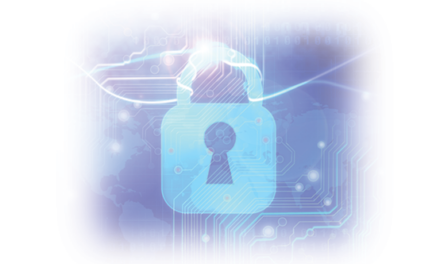Microaffirmations communicate to students that they’re welcome, visible, and capable of performing well.
A bright light can help you see, but it can also blind you. When I walk around classrooms today, I am more aware than ever of microaggressions. Research and public debate are now shining a light on everyday small slights, snubs, and insults — often unintentional — that target people based solely on group membership, such as their ethnicity, gender, religion, or sexual orientation. According to psychiatrist Chester Pierce, who coined the term microaggressions, these can be verbal, nonverbal, or even environmental.
But that same research also made me sensitive to what is far less often researched and discussed — namely microaffirmations. These are just as present and potentially just as influential. Instead of narrowly focusing on slights and insults, we should be looking at the whole spectrum of microbehaviors and finding ways to promote the ones that can help us best educate diverse K-12 students.
Although it’s possible for small, sometimes unconscious actions to make members of marginalized groups feel put down or left out, it’s just as possible for small, sometimes unconscious actions to make them feel welcomed, valued, and encouraged. Teachers can play an important role in modeling such behaviors. They can engage in such affirming actions as nodding (not nodding off) when a student is talking; making sure to call on girls and boys equally in all subjects; making sure to use every student’s name; using inclusive language — for example, referring to “parents” rather than “mothers and fathers” because some kids won’t have one or the other; giving credit to a range of students for a range of jobs well done, not just for answering a classroom question correctly; and staying enthusiastic even when the demands of the job are understandably tiring you out.
Microaffirmations can make students more optimistic, confident, and resilient in their education and — in the long run — more committed to seeing it through. The effects of microaffirmations, like the effects of microaggressions, are small but add up.
In fact, focusing on microaffirmations can create a virtuous cycle. Over time, they can redefine the normative behavior in a classroom — or in a school — not only to avoid exclusion and insult but also to embrace inclusion and affirmation. In particular, microaffirmations can build trust, which, in turn, leads to good outcomes. Of course, the affirming actions must be sincere, but assuming a general goodwill on the part of most K-12 teachers, that’s enough to power a virtuous cycle.
So far, social scientists and school administrators have paid little heed to the positive potential of microaffirmations. Training programs and videos, as well as current research, typically focus on negative behavior and how to counteract it; they rarely acknowledge or encourage truly positive behavior. If you Google “microaffirmation,” you get 2,750 hits. If you Google “microaggression,” you get 493,000. In this important discussion, the bad behavior is crowding out the good by almost 200-to-1.
But that is not what’s happening in real life. My examples of microaffirmations are all very ordinary, everyday things K-12 teachers do and can do more of. Understanding the full range of microbehaviors — both positive and negative — gives us a way to take them more seriously, realize their worth, and harness their strength in our K-12 classrooms.
Originally published in October 2016 Phi Delta Kappan 98 (2), 80.
© 2016 Phi Delta Kappa International. All rights reserved.
ABOUT THE AUTHOR

Todd L. Pittinsky
Todd L. Pittinsky is a professor at Stony Brook University and a senior distinguished fellow of the Holocaust Memorial and Tolerance Center on Long Island in New York. He is the author, with Barbara Kellerman, of Leaders Who Lust.










